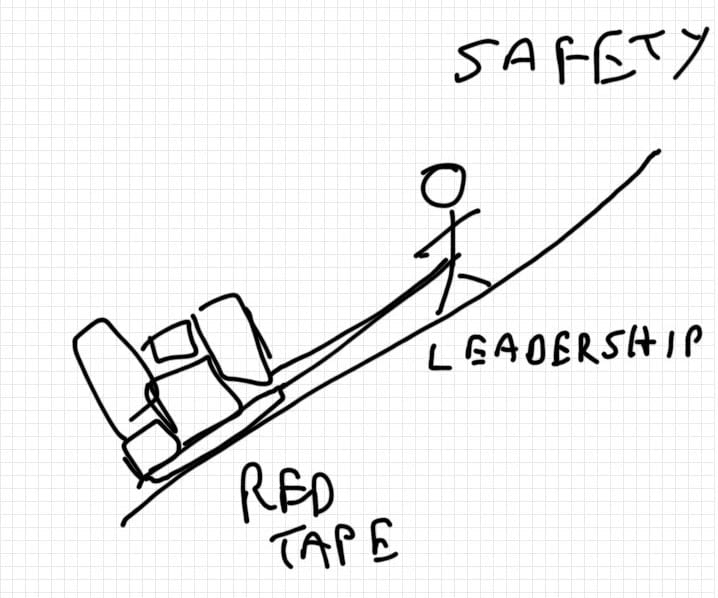All professions need spokespeople or champions who can provide informative and, hopefully, authoritative commentary on topical matters within and beyond the profession. Australia’s safety profession has never had such a spokesperson but recently the speakers’ bureau ICMI has packaged a selection of speakers who it thinks could be appropriate. The brief for Work Health Solutions focuses almost entirely on the issues of absenteeism, lost productivity, presenteeism and creating “a more enjoyable, friendly and less threatening environment” but will these speakers provide solutions to illnesses, injuries, amputations and diseases? Can these speakers provide the solutions implied in the program?
From the information on the program’s flyer, several of the speakers seem to be able to present stories about safety-gone-wrong. Theo Venter survived electrocution. Ian Johnson was seriously burned and speaks about the risks of confined spaces. Philip Smallman was a tree surgeon who became a paraplegic after a fall. Helen Fitzroy speaks of the impact of her husband’s workplace fatality. John Tickell has spoken at several OHS conferences and has at least contributed to a book about OHS but others are tenuous. But ICMI is also promoting speakers who are primarily event hosts or Masters of Ceremonies and at least one of them generated complaints during a WorkSafe Victoria event several years ago for inappropriate comments about women. Continue reading “OHS solutions promoted but not necessarily delivered”

 During a recent seminar I produced the doodle on the right, which depicts what I think the speaker was talking about. Safety is a goal that can be best achieved through improving a company’s leadership qualities. However all companies seem to be restricted by red tape, however one defines that. Can this journey be improved?
During a recent seminar I produced the doodle on the right, which depicts what I think the speaker was talking about. Safety is a goal that can be best achieved through improving a company’s leadership qualities. However all companies seem to be restricted by red tape, however one defines that. Can this journey be improved?